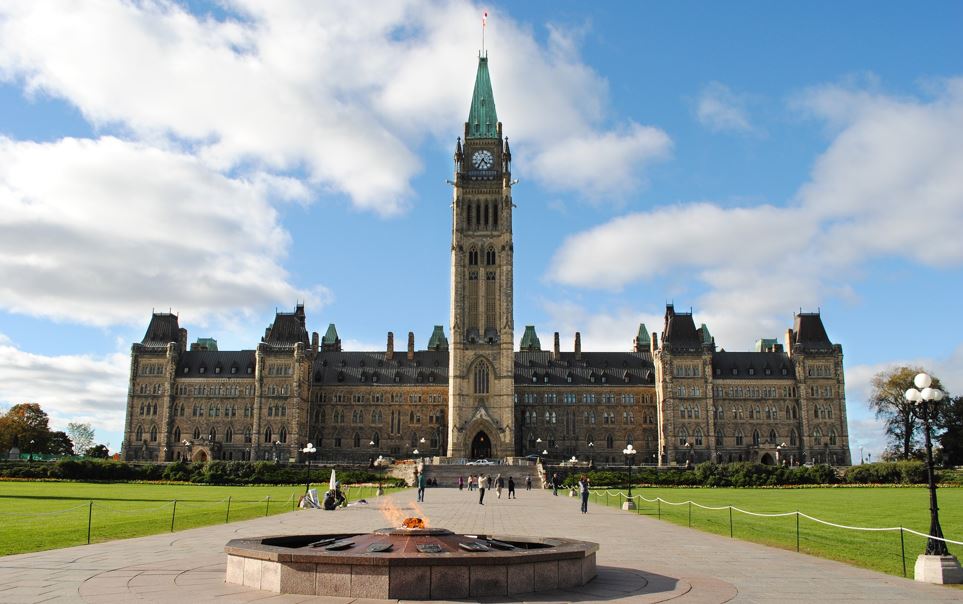Majority Rules: Unless It’s a Minority
Canadians have spoken, voting in a Liberal minority government on October 21. As the name implies, minority governments have less power since they need to collaborate with other parties to pass legislation.
Minority governments are not a new phenomena on Parliament Hill. A recent example started in 2006, when the Conservative party led by Stephen Harper won the most seats of any party, but not the majority required. Another election was called in 2008 and the Conservatives received yet another minority. Combining the two consecutive terms, this was Canada’s longest serving minority government at over five years.
While the Harper Conservatives had a long run, minority governments don’t usually last. The average duration is less than two years. Why two years? It generally takes that long before the political parties and Canadians are ready to go back to the polls.
While not always the case, minority governments tend to get less done. They cannot push new legislation through with as much clout. In a minority situation, passing new laws takes more collaboration and compromise, and therefore more time.
The election results clearly demonstrated Canada’s political division between regions. Except for one seat, Saskatchewan and Alberta voted all Conservative. The Bloc Quebecois, Quebec’s separatist party also made big gains. In Prime Minister Trudeau’s post election victory speech he specifically addressed Alberta and Saskatchewan, saying “you are an essential part of our great country. I’ve heard your frustration and I want to be there to support you. Let us all work hard to bring our country together.”
Here are some of the key pillars of the Liberal energy and environment related platforms, and how they could evolve. These policy pillars must be considered knowing the need to collaborate with other parties and the possibility of a shorter term:
Net Zero Greenhouse Gas Emissions by 2050. The Liberals intend to appoint experts to make a plan for aggressively reducing Canadian greenhouse gas emissions to net zero within 30 years. The plan suggests five-year milestones, including reductions that exceed the 2030 Paris Agreement target. The New Democratic Party (NDP) is aligned with the Liberals on reducing emissions, however a shorter minority term makes it more uncertain if such a substantial policy can be introduced.
Price on Greenhouse Gas Emissions. The Liberals are expected to continue to tax carbon emissions for residential, commercial and industrial emitters. The current price is $C 20/tonne, increasing to $C 50/tonne by 2022. While Alberta is not paying the Federal carbon tax now, it will start paying January 1, 2020. Nothing is likely to change here.
Build the Trans Mountain Pipeline. The Liberals reaffirmed their commitment to build the Trans Mountain pipeline throughout the campaign. They also stated plans to reinvest any money earned by the project in transitioning Canada to a clean economy. While the Green and NDP parties oppose the pipeline, it’s very unlikely that the Liberals would stop the project. Firstly, the pipeline is already approved and does not require a vote in Parliament to go forward. Additionally, the pipeline has cost the Liberal party both real capital and political capital making it more unlikely they would reverse the decision. Finally, even if pipeline opposition occurred in the House of Commons, the Conservatives would support the Liberals in their efforts to construct the pipeline.
Other Climate Mitigation Efforts. The Liberals have pledged to plant two billion trees over 10 years in the fight against climate change. Natural solutions are not just green washing. They are becoming a recognized way of reducing greenhouse gas emissions. Yale360 recently published a report stating “[trees] are our most powerful weapon in the fight against climate change.” They quoted a study which found that planting 1.2 trillion trees would store 10 years of carbon emissions. The Liberal platform also pledges stepped-up disaster response, along with programs to help with the costs of climate change such as help for homeowners with flooding risks. These type of activities are broadly in the platforms of all the parties. For example, the Conservative’s platform had plans for reforestation and investment in climate change mitigation infrastructure.
While it is still uncertain which initiatives will rise to the top of the priory list for the minority government, one thing is for sure – Trudeau’s Liberal Party will need to work more collaboratively than in the past.
To learn more about the election and future outlook tune into our podcast “Canada Elects a Minority Government: What Happens Next?”


